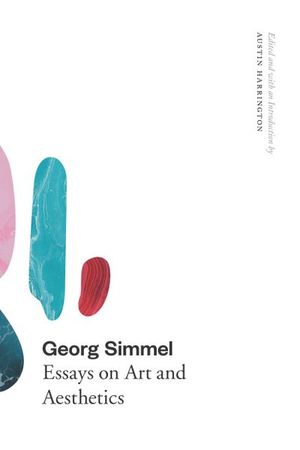Georg Simmel
Published by The University of Chicago Press
“At long last a collection in English that does justice to the breadth, depth, and contemporary significance of Simmel’s writings on the arts!” —Elizabeth Goodstein, Emory University
Georg Simmel, one of the most original German thinkers of the twentieth century, is a founding architect of modern sociology. His writings on money, modernity, and the metropolis address fundamental questions of the relation of self to society and continue to provoke debate today.
This is the first book to bring together Simmel’s finest writing on art and aesthetics. The more than forty essays—many appearing in English for the first time—show the breadth of Simmel’s reflections, covering landscape painting, portraiture, sculpture, poetry, theater, form, style, and representation. An extensive introduction by Austin Harrington gives an overview of Simmel’s themes and elucidates the significance of his work for the many theorists who would be inspired by his ideas.
“Apart from the publication of Rembrandt in 2005, Simmel’s fascinating studies of culture, literature, and art forms have been neglected. We owe Austin Harrington a serious debt of gratitude for editing and translating Simmel’s diverse publications on the theatre, sculpture, style and representation, and aesthetics into a single volume . . . This volume will deepen and expand our understanding of the Simmel legacy for years to come.” —Bryan S. Turner, Australian Catholic University and the Graduate Centre CUNY
“The long and detailed introduction that Harrington provides is probably one of the best introductions to Simmel’s works . . . Harrington’s goal of providing the reader with a complete and well-structured collection of the most important Simmel essays on art and aesthetics in just one book is fully achieved.” -Simmel Studies
BUY NOW FROM
COMMUNITY REVIEWS

